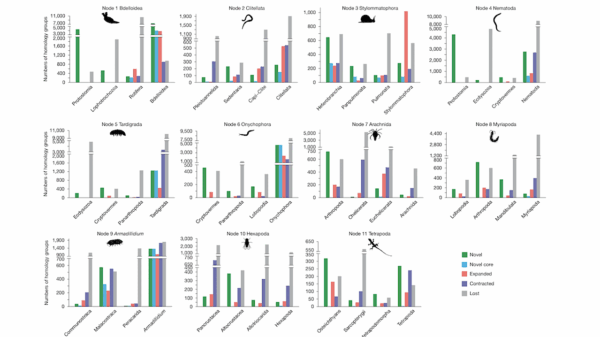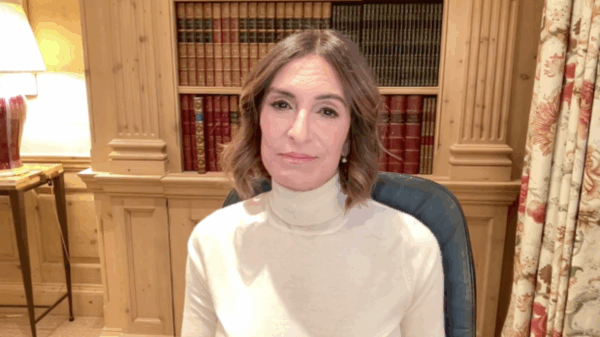The concept of personal boundaries is increasingly recognized as vital for healthy relationships, but many individuals struggle to distinguish them from simple limits. In a recent column, advice columnist Annie Lane addressed this confusion, helping readers understand the nuances between boundaries and limits, and offering guidance on how to communicate their needs effectively.
In her response to a reader identified as Still Learning, Lane emphasized that boundaries are personal statements about individual needs and choices, rather than rules imposed on others. For instance, when a friend frequently drops by unannounced, an individual may feel torn between the desire to maintain a connection and the need for personal space. Lane suggests that instead of framing the situation as a command—such as saying, “You can’t come over without calling”—the focus should be on self-advocacy. A more effective approach would be to communicate, “I need advance notice before company comes so I can plan my time.”
This shift in language is significant. By using “I” statements, individuals can express their feelings without placing blame on others. Lane points out that boundaries are not punitive; rather, they are essential for maintaining personal well-being. By articulating their needs clearly, individuals create an environment where others can respect their limits.
Understanding the difference between boundaries and limits is crucial for fostering healthy relationships. Limits can often come across as rigid commands, which may lead to misunderstandings and conflict. In contrast, boundaries invite clarity and respect, allowing for more meaningful interactions.
Lane also highlights that setting boundaries is an act of self-respect. It empowers individuals to prioritize their mental and emotional health while encouraging open communication. For those who worry about hurting others’ feelings, Lane reassures them that being clear about one’s needs is ultimately a kind gesture. It lays the groundwork for healthier dynamics and prevents resentment from building up over time.
Many people grapple with these concepts, as the lines between boundaries and limits can often blur in everyday life. Lane’s advice serves as a guide for those navigating these challenges, encouraging them to communicate their needs with empathy and understanding.
In a world where personal connections can sometimes feel overwhelming, the ability to set clear boundaries is a valuable skill. As Lane concludes, establishing such boundaries is a gift to oneself and to others, creating a foundation for healthier and more fulfilling relationships.
For more insights on relationships and communication, readers can follow Annie Lane on social media or explore previous columns for additional guidance.



































































